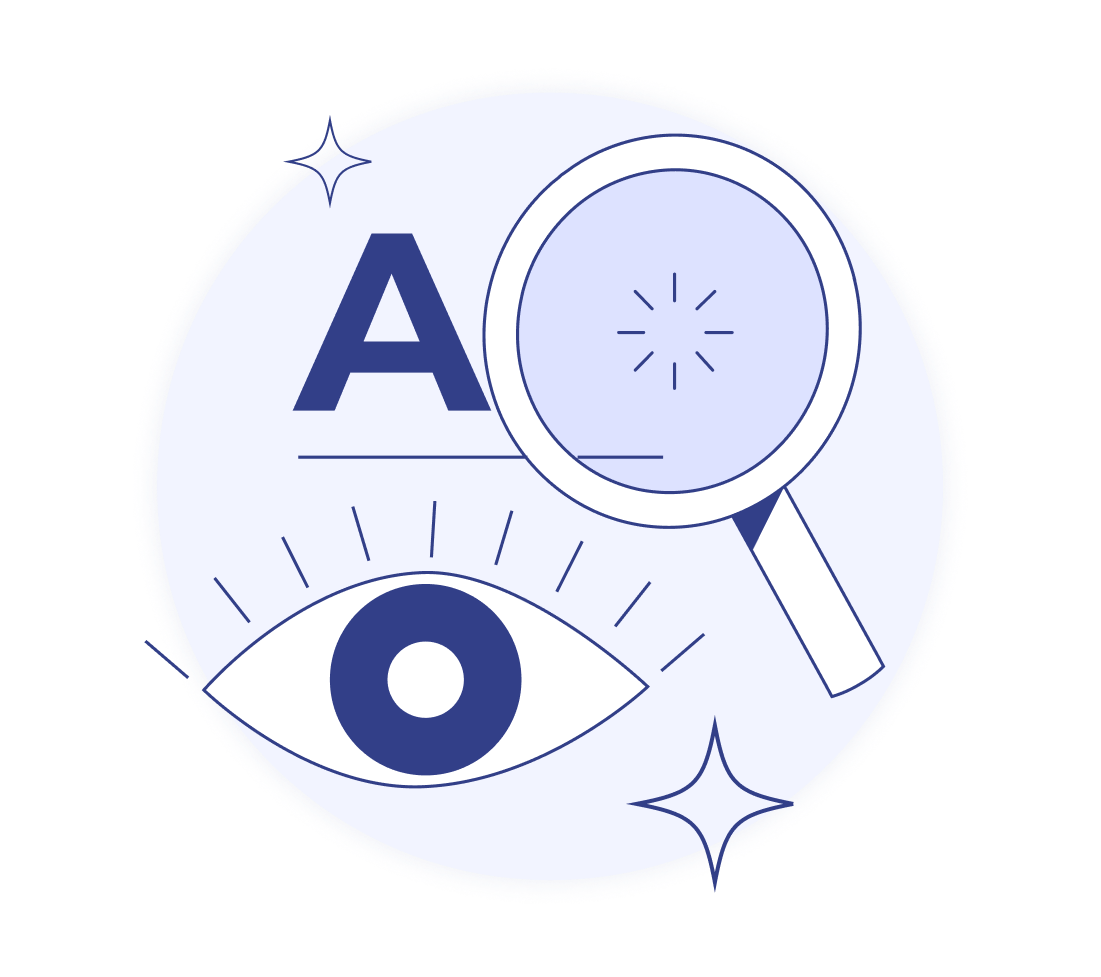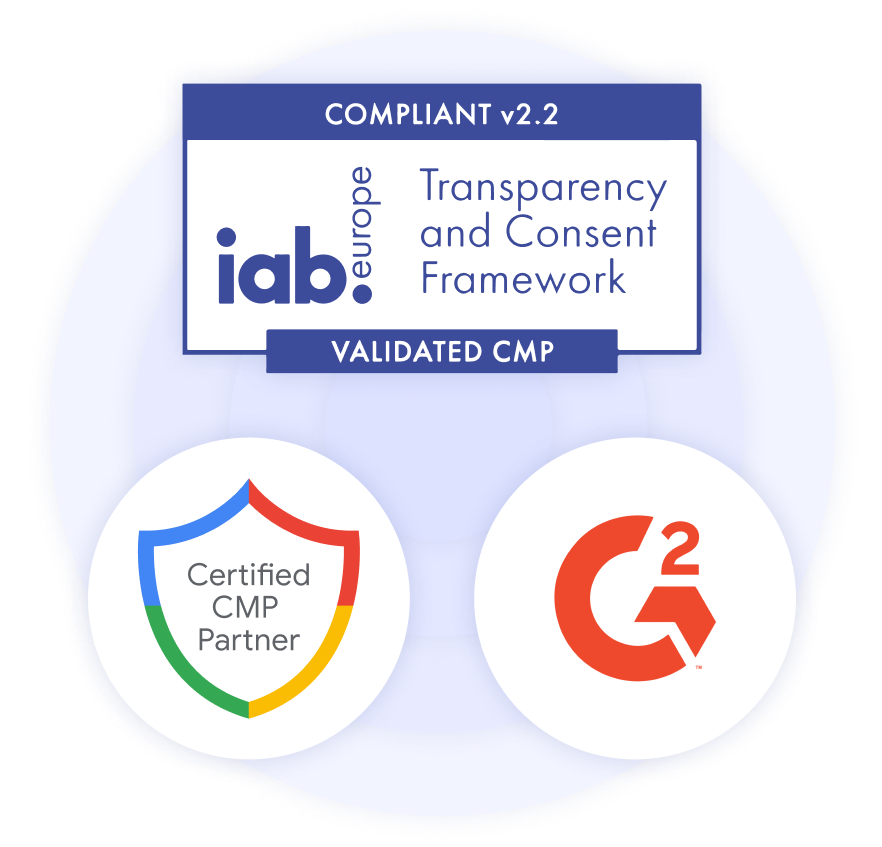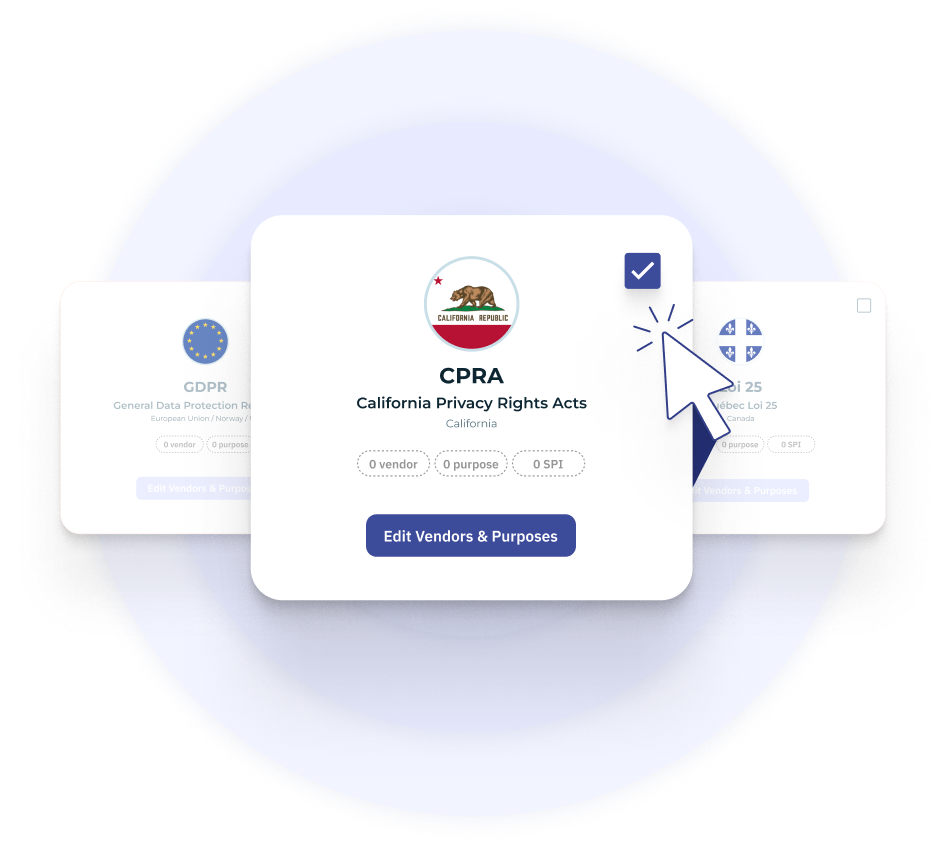Inclusivity is more than just a buzzword, it's a commitment to ensuring every individual has a seamless online experience.
However, many platforms inadvertently exclude a segment of their audience by not being fully accessible to people with disabilities. This doesn't just limit user interaction; it's also a matter of equal rights and opportunities.
In this article, we introduce the WCAG accessibility standard and present the commitment to accessibility we make at Didomi and the actual steps we’re taking in this direction.
Summary
What is WCAG?
The Web Content Accessibility Guidelines (WCAG) is an international standard developed by the World Wide Web Consortium (W3C), an international multi-stakeholder community developing standards and guidelines for building a web based on accessibility, internationalization, privacy, and security.
WCAG aims to provide a single shared standard for web content accessibility that meets the needs of individuals, organizations, and governments around the world.
It helps clarify how to make web content accessible to people with disabilities, including texts, images, and sounds, but also code or markup that defines structure, presentation, and other vital elements.
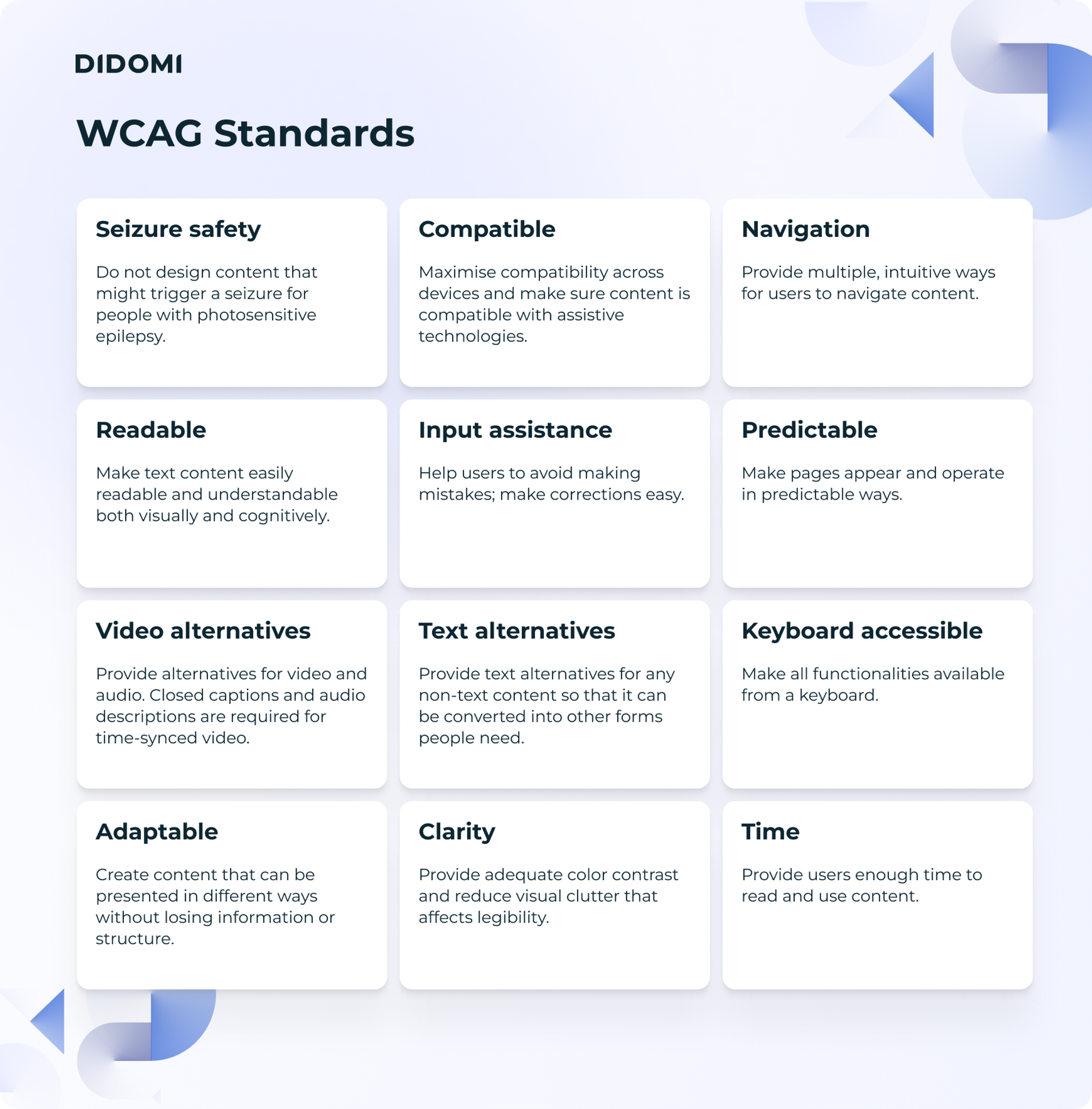
Since our inception, Didomi has recognized the challenge WCAG seeks to address, and we’ve designed our UI with accessibility in mind. We’re proud to formalize our commitment to WCAG and join the growing ranks of those who are part of the solution to online inclusivity.
Working towards WCAG 2.1 compliance at Didomi
We're thrilled to share that our Consent Management Platform (CMP) is working towards WCAG 2.1 compliance. This means we've taken significant steps to ensure our platform is more usable for everyone, especially those with disabilities.
By adhering to WCAG 2.1 standards, we've:
-
Enhanced our user interface for screen readers;
-
Improved contrast and text readability;
-
Made navigation more intuitive for those using alternate input methods;
-
Ensured consistency and predictability across our platform.
Accessibility, much like Privacy-by-Design and Privacy UX, should not be an afterthought and should ideally be embedded in every product from inception.
WCAG 2.1 compliance covers a wide range of recommendations and requires organizations to comply with specific requirements and go through an audit with a recognized agency or partner. In our efforts to obtain WCAG 2.1 certification, we are taking every step necessary to fit the requirements of the W3C.
One of these requirements is to fill out a Voluntary Product Accessibility Template (VPAT).
Next steps and VPAT certification
A Voluntary Product Accessibility Template (VPAT) is essentially a template that accounts for the accessibility of a product or service. It can be considered a step towards WCAG compliance and a tangible effort to reach accessibility standards on par with the W3C’s requirements.
We’re happy to share that we’ve completed VPAT and are working towards WCAG 2.1 compliance at Didomi.
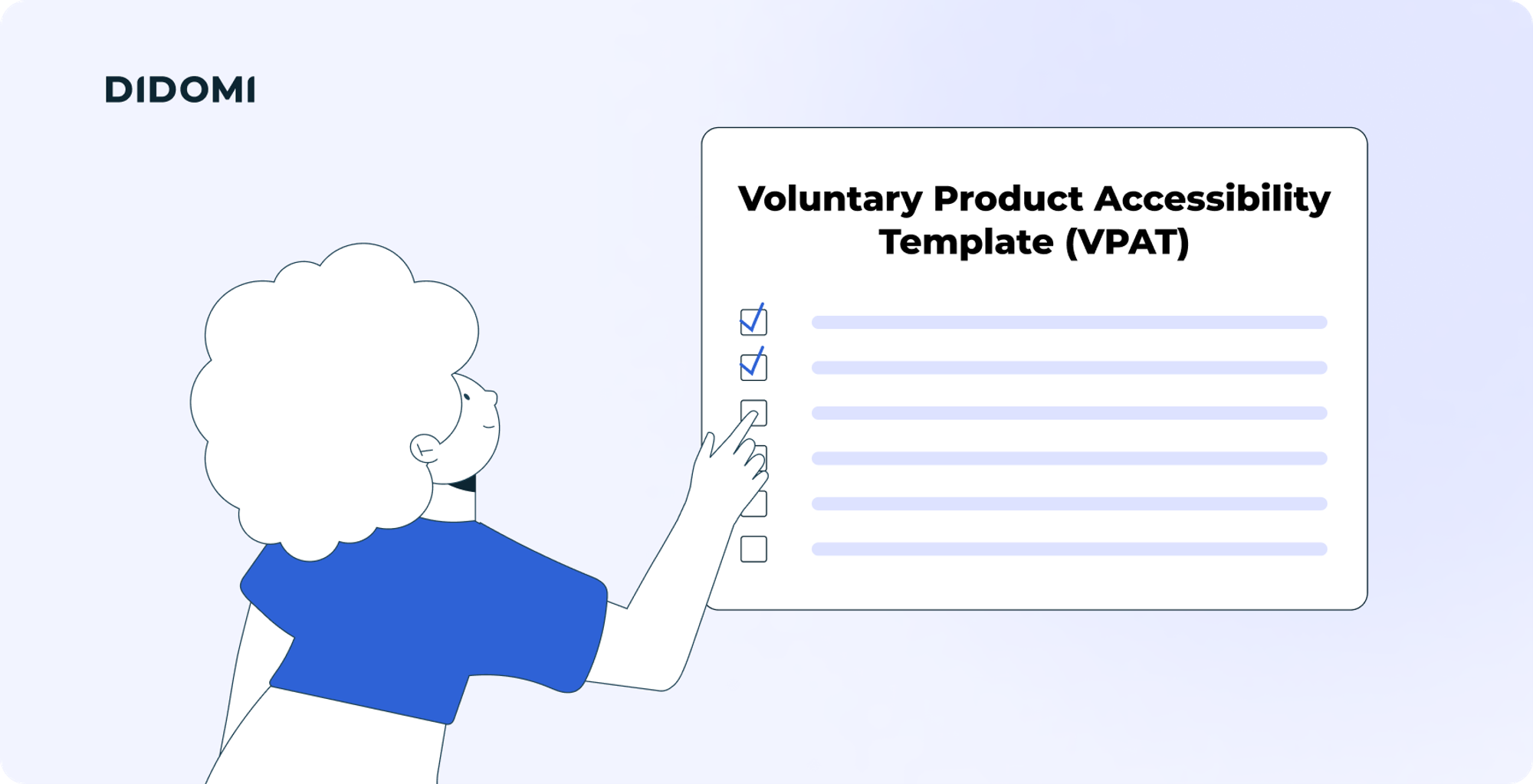
Of course, it’s important to highlight that, ultimately, our customers are in charge of implementing WCAG-compliant consent banners. However, our goal is to provide the WCAG 2.1 templates by default. Our ambition to reach WCAG 2.1 compliance isn't just a feature—it's a testament to our dedication to serving every user, no matter their needs.
This is just the beginning. We're continually looking for ways to improve and innovate, ensuring that inclusivity and accessibility remain at the heart of what we do. We urge all our partners and clients to spread the word. Together, we can champion a more inclusive digital world.



